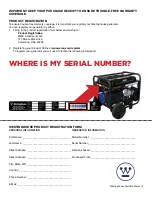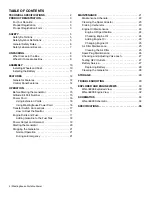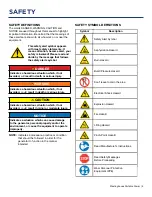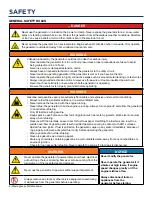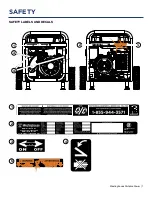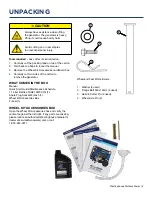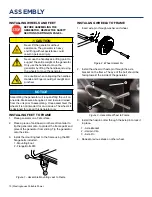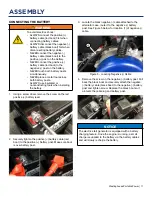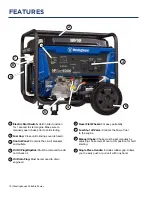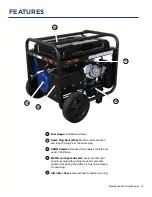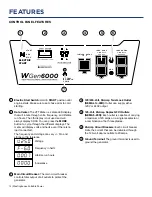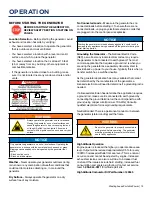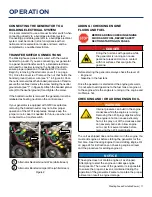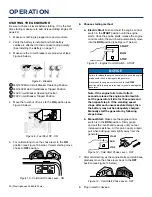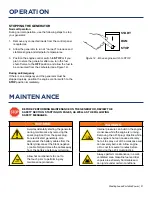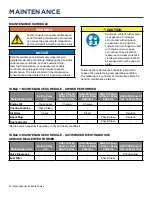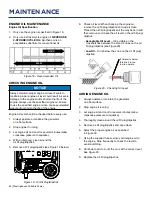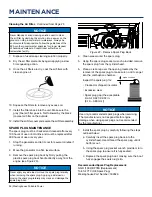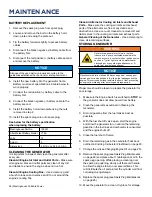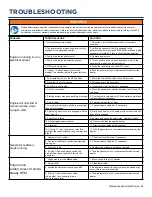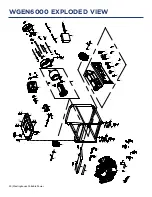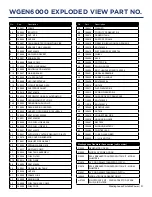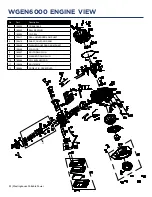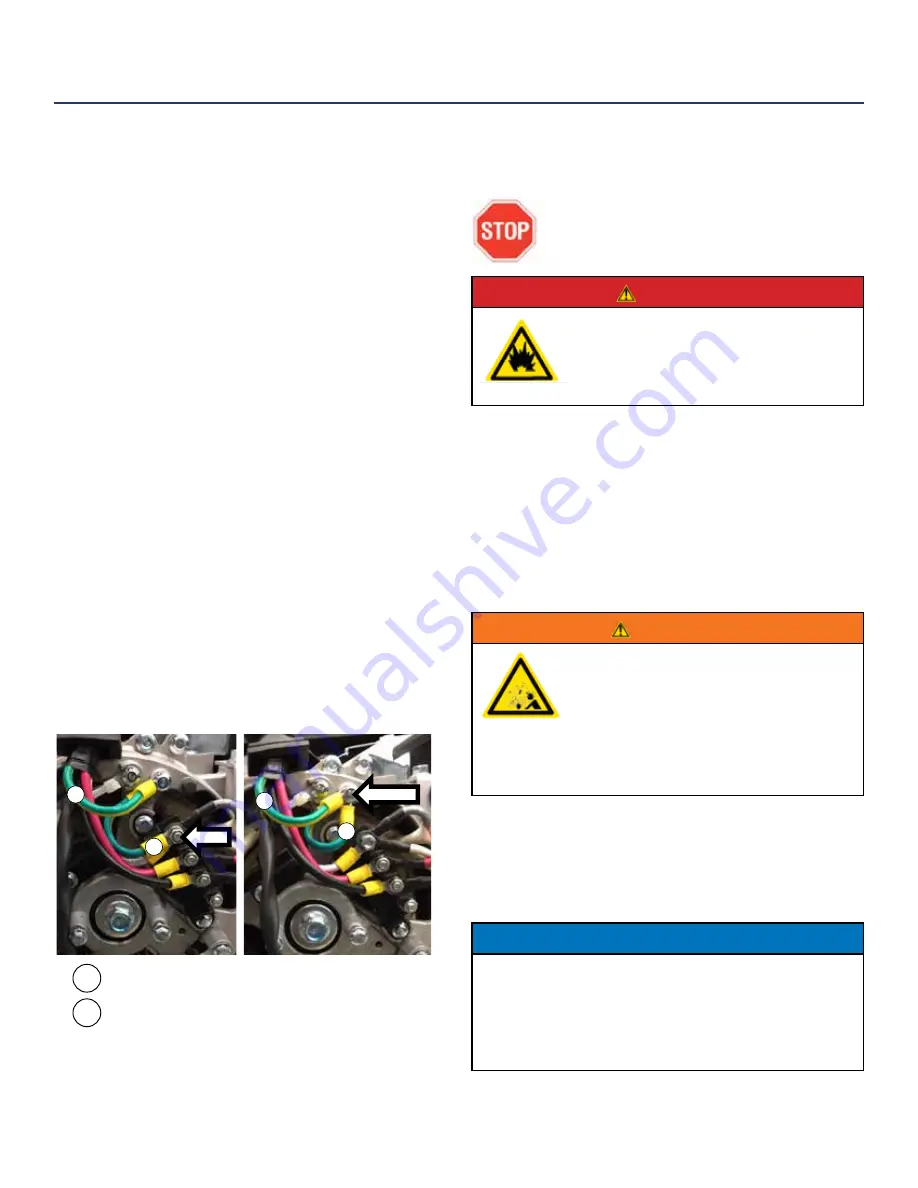
Westinghouse Portable Power | 17
ADDING / CHECKING ENGINE
FLUIDS AND FUEL
BEFORE ADDING/CHECKING ENGINE
FLUIDS AND FUEL, REVIEW SAFETY
SECTION STARTING ON PAGE 5.
DANGER
Filling the fuel tank with gasoline while
the generator is running can cause
gasoline to leak and come in contact
with hot surfaces that can ignite the
gasoline.
Before starting the generator, always check the level of:
•
Engine oil
•
Gasoline in the fuel tank
Once the generator is started and the engine gets warm,
it is not safe to add gasoline to the fuel tank or engine oil
to the engine while the engine is running or the engine and
muffler are hot.
CHECKING AND / OR ADDING ENGINE OIL
WARNING
Internal pressure can build in the engine
crankcase while the engine is running.
Removing the oil fill plug/ dipstick while
the engine is hot can cause extremely
hot oil to spray out of the crankcase and
can severely burn skin. Allow engine
oil to cool for several minutes before
removing the oil fill plug/dipstick.
The unit as shipped does not contain oil in the engine. You
must add engine oil before starting the generator for the
first time. See
Checking Engine Oil
and
Adding Engine Oil
on page 24 for instructions on checking engine oil level
and the procedure for adding engine oil.
NOTICE
The engine does not contain engine oil as shipped.
Attempting to start the engine can damage engine
components. The owner of the generator is responsible
to ensure the proper oil level is maintained during the
operation of the generator. Failure to maintain the proper
oil level can result in engine damage.
OPERATION
CONNECTING THE GENERATOR TO A
BUILDING ELECTRICAL SYSTEM
It is recommended to use a manual transfer switch when
connecting directly to a buildings electrical system.
Connecting a portable generator to a buildings electrical
system must be made in strict compliance with all
national and local electrical codes and laws, and be
completed by a qualified electrician.
TRANSFER SWITCH CONNECTIONS
The Westinghouse generator is wired with the neutral
bonded to ground. If you are connecting your generator
to a panel board transfer switch, a licensed electrician
will need to consider removing the bonded neutral to
ensure proper operation of household GFCI circuits.
Begin by removing the alternator cover (14 on page
13). Once the cover is off remove the nut that holds the
bonded ground jumper wire (see “2” in Figure 6). Once
the nut is removed take the bonded jumper wire off and re-
secure the nut. Next remove the screw holding the neutral
ground wire (see “1” in Figure 6). Attach the bonded jumper
wire (2) to the neutral ground (1) and tighten the screw.
If the bonded neutral is removed the generator must be
relabeled as floating neutral on the control panel.
If your generator is equipped with GFCI receptacles,
removing the bonded neutral may not allow proper
operation of the GFCI receptacles. Always keep the
jumper wire in case it is needed for future use when not
connected to a transfer switch.
1
1
1
2
2
2
Figure 6
REMOVE
MOVE WIRE HERE
Alternator Neutral Ground Wire (white/Green)
Alternator Bonded Jumper Wire (white/Green)
Summary of Contents for WGen6000
Page 1: ...USER MANUAL WGen6000 Portable Generator 6000 Running Watts 7500 Peak Watts...
Page 8: ...8 Westinghouse Portable Power SAFETY SAFETY LABELS AND DECALS 8 7 10 8 9 6 6 7 5 10 9...
Page 30: ...30 Westinghouse Portable Power WGEN6000 EXPLODED VIEW...
Page 34: ...34 Westinghouse Portable Power WGEN6000 SCHEMATIC WH7500v SCHEMATIC...
Page 36: ...36 Westinghouse Portable Power Version 08 10 18KD...

